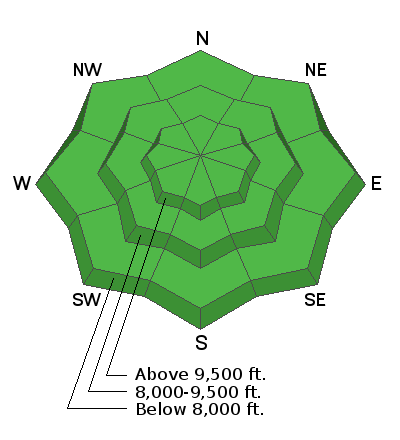Forecast for the Provo Area Mountains

Issued by Drew Hardesty on
Thursday morning, February 3, 2022
Thursday morning, February 3, 2022
The avalanche danger is LOW.
Sluffing is possible in steep northerly terrain and pockets of wind slab exist in isolated areas. Remember that risk is inherent in mountain travel and getting caught in a small avalanche in radical terrain could lead to disaster.

Low
Moderate
Considerable
High
Extreme
Learn how to read the forecast here







